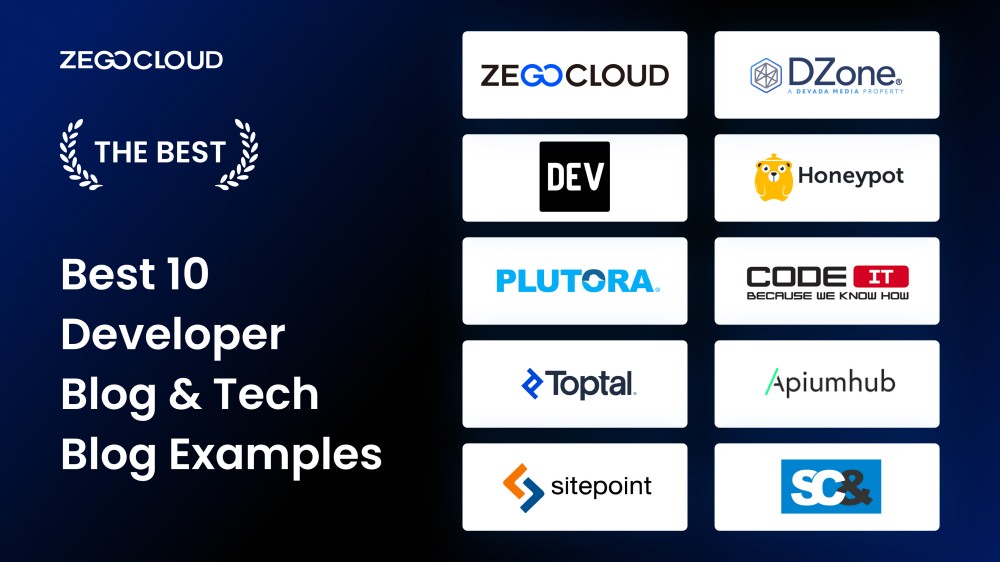Comprehending the Increase of Side Computer in Today's Digital World
In the swiftly progressing landscape of innovation, side computing emerges as a critical pressure, reshaping how data is refined and used. By transitioning data management closer to the source, edge computing addresses crucial latency issues while optimizing data transfer use and boosting safety and security measures.
What Is Edge Computing
Side computing, although a relatively current improvement in the world of innovation, basically changes exactly how information is refined and handled by bringing computation and information storage space closer to the area where it is required. Unlike traditional cloud computer models, which frequently depend on central data centers that can be geographically far-off, edge computer decentralizes information handling. This distance reduces latency, improves real-time information processing, and enhances the total individual experience by making sure quicker response times.
At its core, side computer includes a network of localized tools and infrastructure, such as sensing units, gateways, and routers, efficient in processing information at or near the resource. This localized handling ability is particularly important for applications needing immediate data analysis, such as independent automobiles, industrial automation, and smart cities. Additionally, by unloading data processing jobs from central servers, edge computing minimizes data transfer requirements and boosts information privacy and protection, as sensitive information can continue to be on-site instead of going across comprehensive networks.

Trick Drivers of Fostering
Numerous elements are pushing the adoption of edge computer in today's digital landscape. Edge computing addresses this need by making it possible for data handling closer to the information resource, reducing latency and enhancing real-time decision-making capacities.
An additional considerable chauffeur is the demand for enhanced bandwidth efficiency. Central cloud systems can become overwhelmed with the large volume of data created by IoT gadgets, bring about traffic jams (Best tech blog). By processing data at the side, organizations can ease network blockage and boost general system efficiency
Moreover, safety and security and privacy worries are pushing organizations toward side computing. By processing sensitive information locally, business can mitigate threats connected with information transmission and exposure to potential cyber dangers.
The surge of applications calling for real-time processing, such as autonomous vehicles and augmented fact, likewise demands the rapid feedback times that edge computing gives. Jointly, these vehicle drivers are making edge computing a vital element of modern IT infrastructure, leading the way for its extensive fostering across various sectors.
Advantages Over Cloud Computer
How does side computing distinguish itself from typical cloud computer? Mostly, edge computer brings information processing closer to the source of information generation, typically on nearby servers or regional devices, rather than depending on central data. This closeness dramatically minimizes latency, enabling real-time data processing and decision-making. For industries where milliseconds matter, such as self-governing automobiles or commercial automation, the minimized latency supplied by edge computer can be critical.
Additionally, edge computer enhances data transfer efficiency (Best tech blog). By processing information locally, only the required data is transferred to the cloud for further evaluation or storage, reducing the quantity of information that traverses the network. This not just eases network blockage yet also decreases information transmission expenses
Side computer additionally offers enhanced information privacy and safety. Delicate data can be processed locally without being sent out to the cloud, minimizing the exposure to prospective cyber threats. This is especially beneficial for sectors managing confidential details, such as medical care and financial services.
Furthermore, side computing ensures higher durability and reliability. Local navigate here handling enables for continued operation even i was reading this when connection to the cloud is jeopardized, preserving essential functions and solutions in spite of prospective network disturbances. These advantages collectively demonstrate side computer's transformative capacity in maximizing efficiency and safety in digital communities.
Challenges and Considerations
While side computing provides countless advantages, it also presents distinct challenges and factors to consider that have to be resolved to fully realize its possibility. One substantial obstacle is information safety and security and privacy. Handling data more detailed to the resource increases the risk of unapproved accessibility, demanding durable encryption and rigorous safety and security methods to secure delicate info. In addition, handling and keeping an eye on a decentralized network of side gadgets can be intricate, needing sophisticated tools and approaches to make sure seamless operation and upkeep.
Another factor to consider is the scalability of edge computer services. As the variety of connected devices grows, so does the need for refining power at the side, which can cause resource restraints. Organizations must meticulously prepare their facilities to accommodate this growth without endangering performance or performance.
Interoperability is an additional critical element. With various software and hardware components entailed, guaranteeing compatibility and smooth assimilation can be challenging. Standardization efforts are vital to promote interaction between disparate systems.
Future Patterns in Side Computing
Anticipating the future, side computer is positioned to revolutionize various sectors by making it possible for much faster information handling and lowering latency. As the volume of data produced by IoT tools proceeds to grow, side computing will end up being progressively important in managing this influx efficiently. One substantial trend is the combination of expert system at the side, permitting real-time analytics and decision-making without counting on cloud-based sources. This shift is prepared for to enhance applications in self-governing automobiles, clever cities, and medical link care, where instant information processing is important.
One more arising trend is the growth of edge-native applications developed specifically to take advantage of the distinct abilities of edge computing. These applications will optimize efficiency and source application, bring about raised performance throughout different markets. Additionally, developments in 5G modern technology will better boost side computing by offering the needed facilities for high-speed, low-latency interaction between gadgets and edge nodes.
Final Thought
Side computing's rise is driven by the expansion of IoT devices and the need for real-time data handling, which improves performance by reducing latency and decentralizing information monitoring. This approach minimizes data transfer ineffectiveness and safety and security issues, assisting in developments in applications like wise cities and independent automobiles. Despite obstacles such as framework complexity and combination, the future of edge computer assures a much more responsive electronic environment, with continued innovations forming its development and broadening its applicability across markets.
Side computing, although a fairly current innovation in the world of technology, basically changes just how data is refined and handled by bringing calculation and information storage space closer to the area where it is needed. Unlike traditional cloud computer models, which frequently rely on centralized data facilities that can be geographically distant, edge computing decentralizes data handling. In addition, by unloading data handling jobs from central web servers, side computing reduces bandwidth requirements and boosts information personal privacy and protection, as sensitive details can continue to be on-site rather than going across extensive networks.
